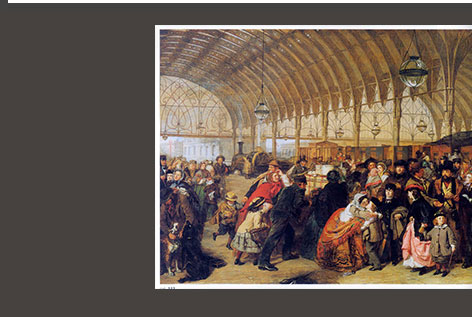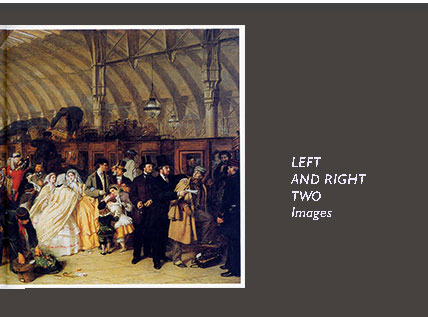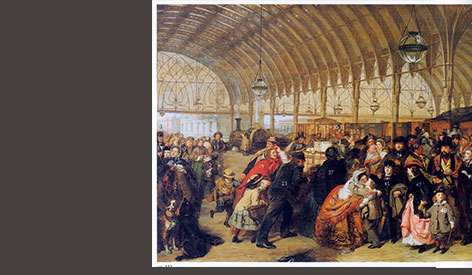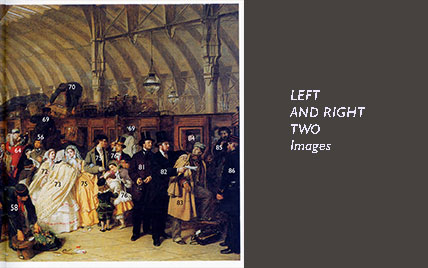 |
 |
|
 |
 |
|
 |
 |
|
|
|
||
 |
||
 |
||
|
|
|
|
Thomas Holloway's fortune was considerable and founded on his notorious pills. The Royal Holloway College was a laudable initiative to educate women beyond domestic duties and the role of governess. His extraordinary collection of paintings at the College does not reflect his developed taste but what could be bought on the London Art Market in the short months of acquisition (paintings both good and bad). My month spent teaching American kids there was memorable and The Railway Station was a feature of those memories. Years spent researching British art of the late 19th century in the figure of the frothy Academician Sir Frederick Leighton are largely forgettable, even forgetten. Mary Cowling's analysis of Frith and Physiognomy was everything I would have loved to have constructed. To make the narrative exposition of The Railway Station more accessible in the context of Narrative Construction, and also the impact of Physiognomy, I add images numbered and unnumberered together with figure key and list from Mary Cowling to make more accessible the complexitieson a larger scale, hopefully using two monitors.
Mary Cowling, Victorian Figurative Painting, Papadakis 2000 |
